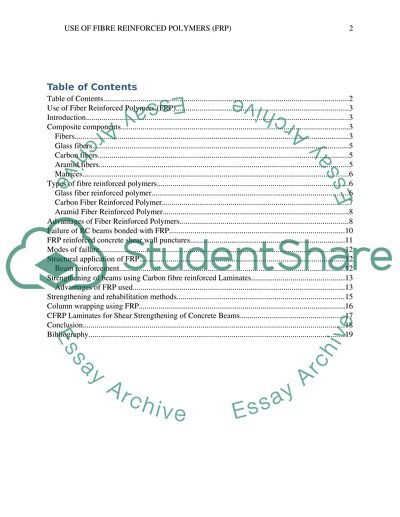Cite this document
(“The use of fibre reinforced polymers (FRP) in strengthening beams in Literature review”, n.d.)
Retrieved from https://studentshare.org/engineering-and-construction/1397977-the-use-of-fibre-reinforced-polymers-frp-in
Retrieved from https://studentshare.org/engineering-and-construction/1397977-the-use-of-fibre-reinforced-polymers-frp-in
(The Use of Fibre Reinforced Polymers (FRP) in Strengthening Beams in Literature Review)
https://studentshare.org/engineering-and-construction/1397977-the-use-of-fibre-reinforced-polymers-frp-in.
https://studentshare.org/engineering-and-construction/1397977-the-use-of-fibre-reinforced-polymers-frp-in.
“The Use of Fibre Reinforced Polymers (FRP) in Strengthening Beams in Literature Review”, n.d. https://studentshare.org/engineering-and-construction/1397977-the-use-of-fibre-reinforced-polymers-frp-in.


